The Mythology of Manufacture
Few phrases carry more unexamined prestige in watchmaking than in-house movement. It conjures images of mastery and artisanal integrity—mechanical purity under a single roof. In boutiques and press kits alike, it functions as shorthand for authenticity, the horological equivalent of farm-to-table.
But this story is largely myth. Most brands do not operate in a binary world of in-house or outsourced. They occupy a spectrum, strategically deciding what to produce internally and what to source from specialists. The image of the self-sufficient manufacture—one roof, one movement, one vision—is more marketing construct than operational reality.
In-house sells. It commands price, reinforces heritage, and flatters the buyer with a sense of intimacy. But the future of watchmaking lies not in upholding this myth, but in outgrowing it. True excellence doesn’t require isolation—it demands intelligent design, skilled execution, and transparency. The myth of the monastic manufacture must give way to a more grounded narrative: one that sees collaboration not as compromise, but as tradition, evolved.
The Marketing Mirage
In-house is more than a technical term—it’s a brand asset. It signals mastery, exclusivity, and tradition, justifying premium prices and deepening consumer loyalty. Movements become more than mechanisms; they become proof of pedigree.
But the reality is far less romantic. Building movements internally demands major investment in machinery, engineering, and ongoing R&D—costs that only a handful of brands can sustain. For most, the economics don’t add up. Many so-called in-house calibers are assembled from parts made elsewhere or based on acquired designs, then rebranded to fit the narrative.
The case of TAG Heuer’s Calibre 1887 illustrates the point. Marketed as an in-house chronograph, it was later revealed to be based on Seiko’s TC78 platform—licensed, reworked, and produced in Switzerland. Though technically modified, its branding overstated the degree of independence1.
This is common practice. Brands routinely rename, modify, or downplay the origins of their calibers to maintain the illusion of complete self-sufficiency. The line between manufacture, proprietary, and licensed is intentionally blurred. Because in watchmaking, perception is often worth more than provenance.
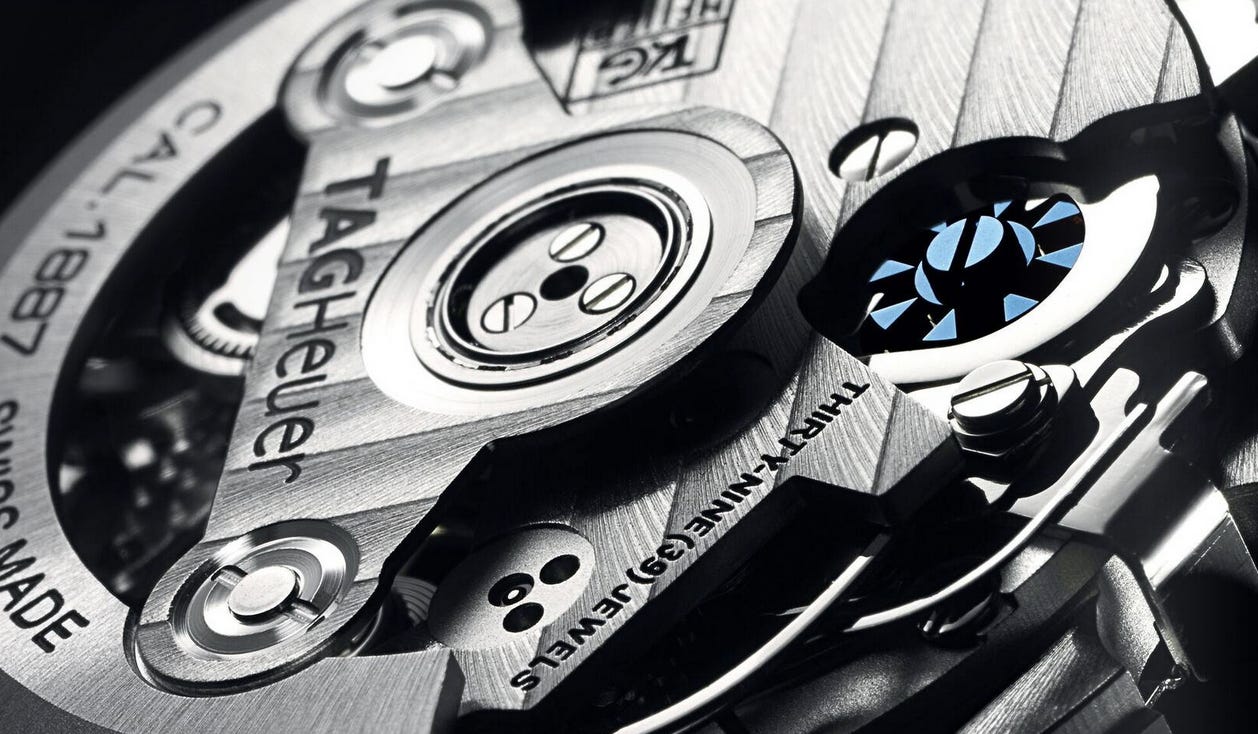
The Spectrum of Production
The reality of watch movement manufacturing isn’t binary but spectral. Most brands operate somewhere between full dependence and full integration, making strategic decisions based on volume, positioning, and technical ambition. At the entry level, many rely entirely on unmodified base calibers—such as Sellita’s SW200 or Miyota’s 9015—focusing their resources on design and branding while leveraging the reliability of mass-produced movements.
Others take these base movements and modify them, whether cosmetically through finishing and custom rotors, or technically by adding complications or refining components. A well-known example is Rolex’s Caliber 4030, derived from the Zenith El Primero but heavily reworked—lowering the beat rate, replacing half the parts, and redesigning the winding system—to create a movement aligned with Rolex’s standards.
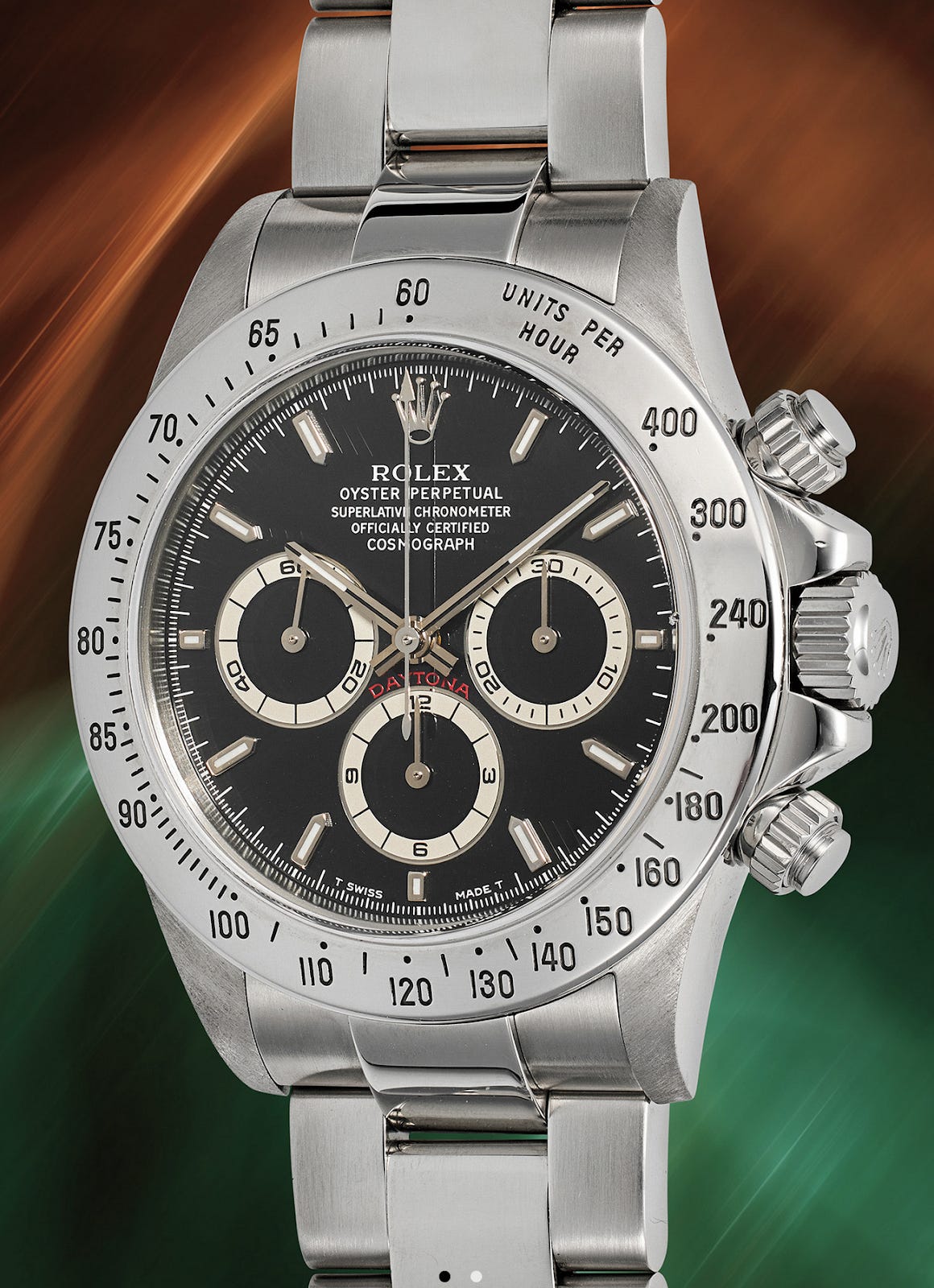
Further along the spectrum are brands that collaborate with movement makers to develop proprietary calibers—customized designs not available to others but manufactured with external expertise. Singer Reimagined’s use of the AgenGraphe chronograph by Agenhor is a standout case.
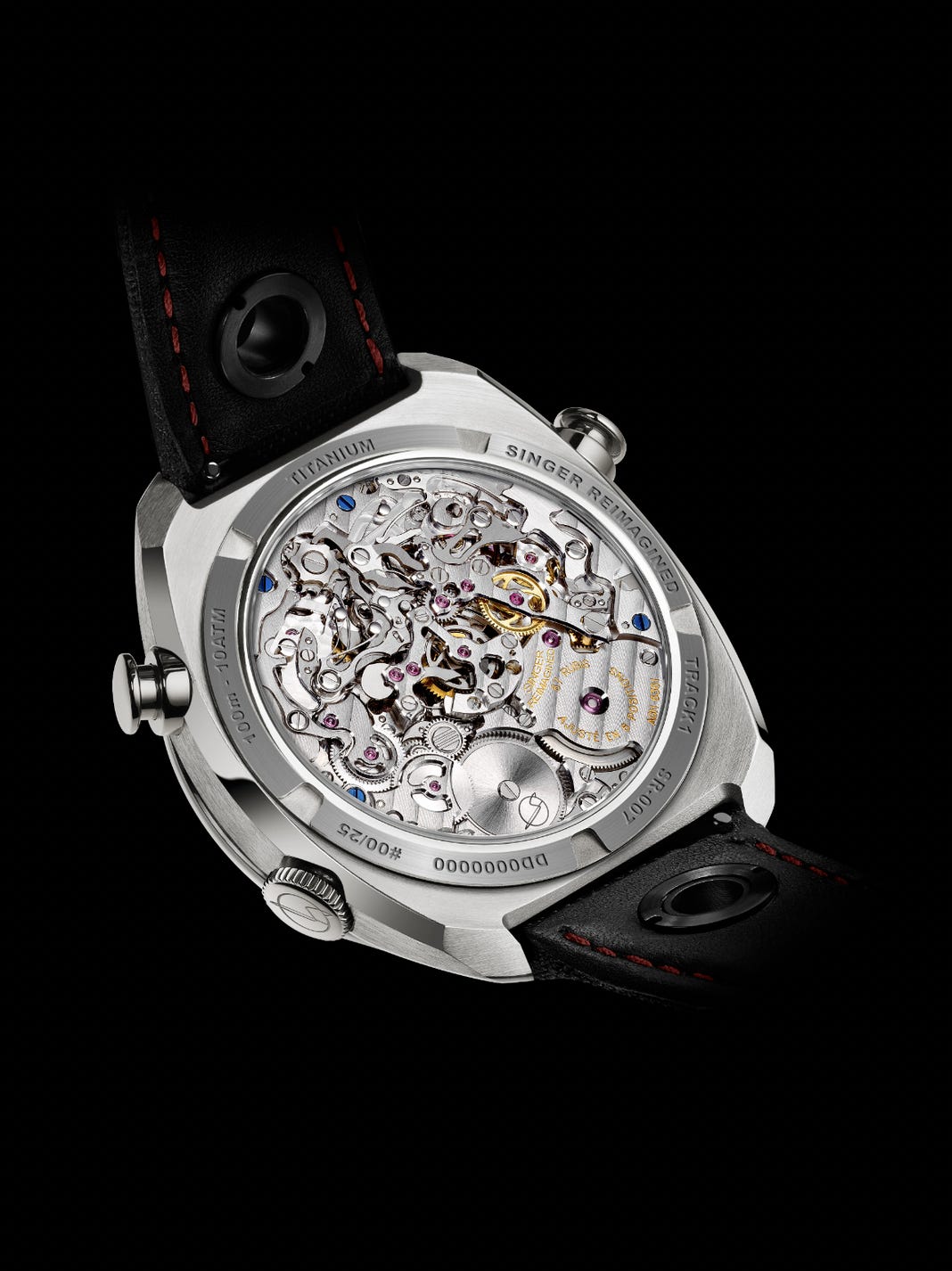
Some brands design their movements in-house but outsource the production of critical components—hairsprings, escapements, jewels—which are then assembled and finished internally. Even those with deep in-house capabilities often source specialized parts externally; the idea of 100% vertical integration remains more theoretical than typical. A few elite manufactures—like Rolex or Grand Seiko—come close, producing nearly every component, sometimes even their own production machinery.
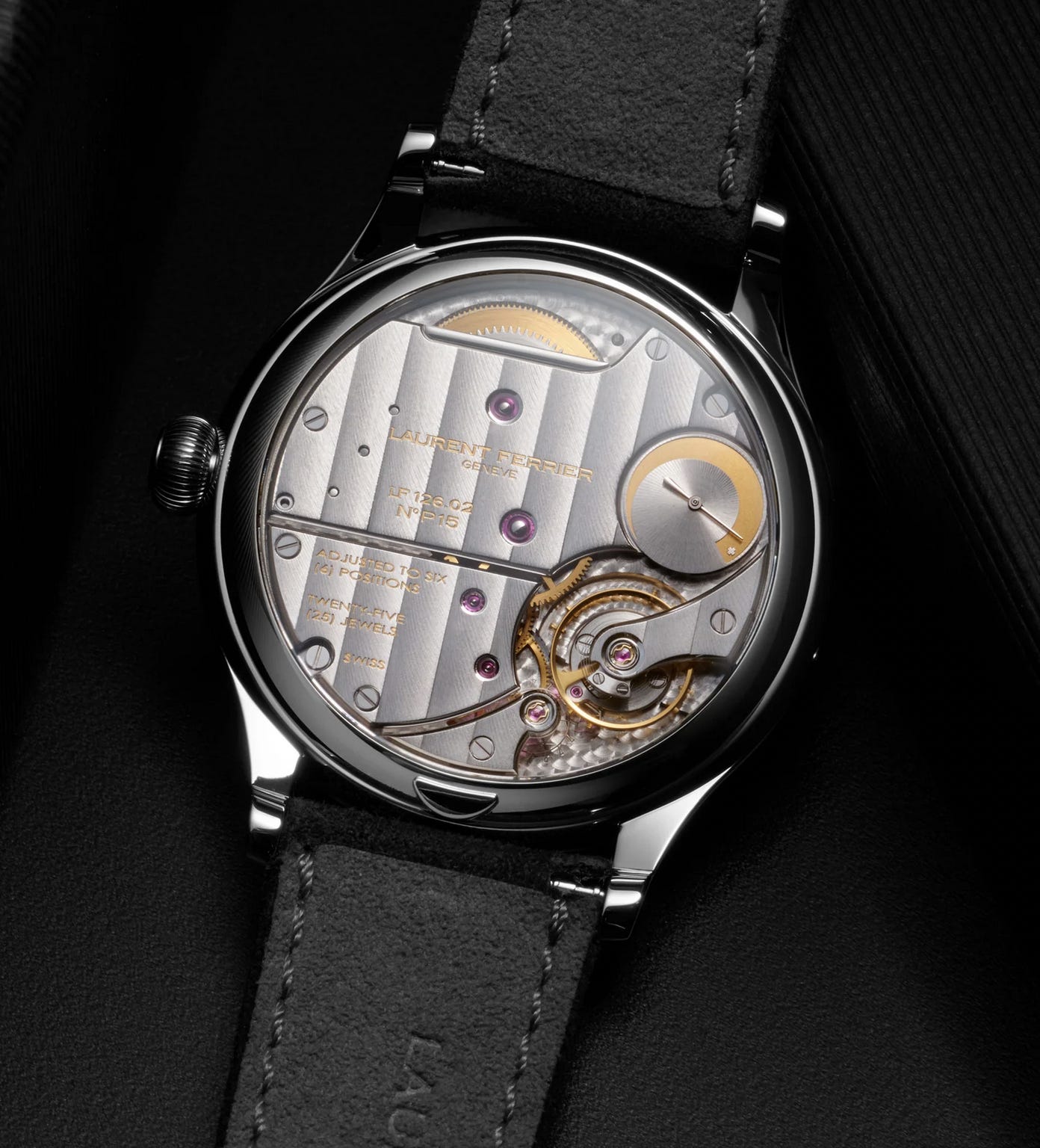
Yet most brands shift their position along this continuum based on product line and price tier. The term in-house may be applied across all of these scenarios, masking a wide range of practices under a single, marketable label.
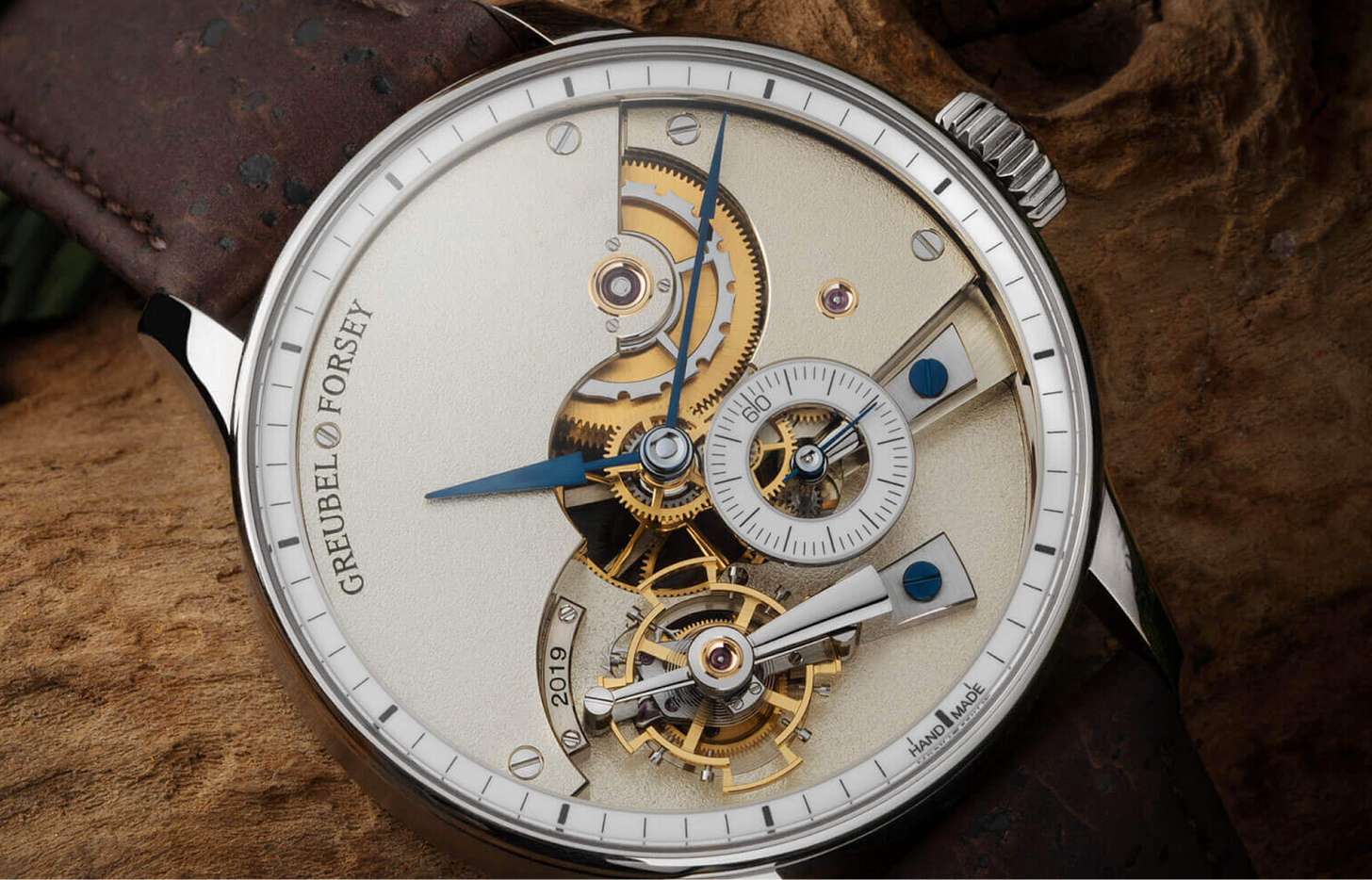
Outsourcing: Scale, Specialization, and Innovation
Outsourcing in watchmaking is often framed as compromise, but history and economics suggest otherwise. Specialist firms like ETA, Sellita, La Joux-Perret, and Vaucher Manufacture Fleurier have long underpinned Swiss watch production. Their economies of scale—spreading R&D, tooling, and production across hundreds of thousands of movements—allow for levels of precision, consistency, and cost-efficiency that even major brands like Rolex or Patek Philippe would struggle to match independently.
These suppliers are not just efficient; they’re inventive. Many of watchmaking’s most significant innovations have emerged from outside the walls of fully integrated manufactures. Agenhor, for instance, developed the AgenGraphe movement—used by Singer Reimagined—which revolutionized chronograph legibility with a central elapsed time display. Chronode, founded by Jean-François Mojon, created high-complication calibers for MB&F and HYT, while Dubois Dépraz continues to supply chronograph modules used in everything from Omega to Audemars Piguet.
The historical record reinforces this collaborative truth. The 1969 “race” to develop the first automatic chronograph involved consortia, not solitary brands. Zenith’s El Primero, Seiko’s 6139, and the Chronomatic Group (Heuer, Breitling, Hamilton-Buren, and Dubois Dépraz) all pursued the same goal from different industrial angles. Even the legendary Omega Speedmaster Moonwatch relied on the Lemania 2310 (Omega Caliber 321), developed by a third-party specialist.
More recently, when Swatch Group’s ETA began limiting movement deliveries to third parties, brands were forced to adapt. Sellita rose to prominence with its SW200 series (based on the now-unprotected ETA 2824-2 design), while firms like Soprod and Concepto introduced competitive alternatives. Some companies responded by developing hybrid in-house calibers—combining original architecture with outsourced components—reflecting the resilience of modular thinking.
In contrast, in-house movements are often slower to evolve and more expensive to service. Burdened by sunk capital and legacy systems, they may lag behind the agile innovation of external suppliers. The myth that vertical integration guarantees progress often ignores the quiet, consistent breakthroughs coming from those who supply the industry, not just front it.
In a globalized ecosystem, the most forward-thinking brands—independents like H. Moser & Cie., Parmigiani Fleurier, and F.P. Journe, as well as larger houses—embrace outsourcing not as compromise, but as strategic clarity. They recognize what the past always knew: specialization is not the enemy of craftsmanship—it’s what made it possible.
A Future beyond the Binary
So where does this leave the future of watchmaking? Not in the solitary atelier, nor in the false dichotomy of in-house versus outsourced. Instead, the future belongs to brands that embrace intelligent collaboration—those that curate rather than conceal, that understand specialization not as weakness but as legacy. The most enduring model may be the oldest one: a network of independent experts working in concert, as the Swiss watch industry once thrived before marketing demanded purity.
Excellence no longer means doing everything alone. It means knowing when to partner, when to delegate, and when to acknowledge that authenticity is built on transparency, not mythology. Modularity, adaptability, and openness to external innovation are no longer signs of compromise—they are strategies of resilience. The next generation of respected manufactures will not be those who shout the loudest about independence, but those who tell the truth about how great watches are actually made.
If you enjoyed this article, consider subscribing to receive more insights on independent watchmaking and horological culture.
About the Author
Sergio Galanti is a journalist specializing in independent watchmaking and mechanical horology.
“TAG Heuer addresses the 1887 movement controversy,” Europa Star, February 2010.


